Cake Baking & Decorating Tips For Beginners
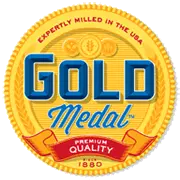
Cake baking and decorating is made easy with our tips for beginners! Learn how to frost layer cakes and how to freeze cakes after you’ve made them.
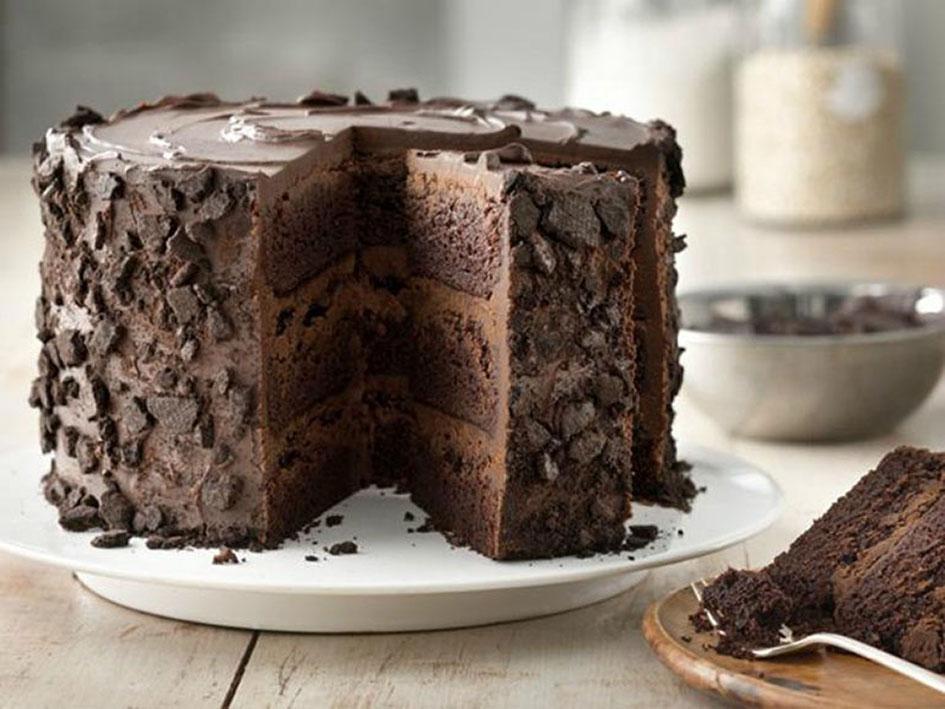
Tips for Making Cakes
- Pan Size
Use the size of pan called for in the recipe. To verify pan size, measure the length and width from inside edge to inside edge. If the pan is too big, your cake will be flat and dry. If it’s too small, your cake will bulge or overflow out of the pan.
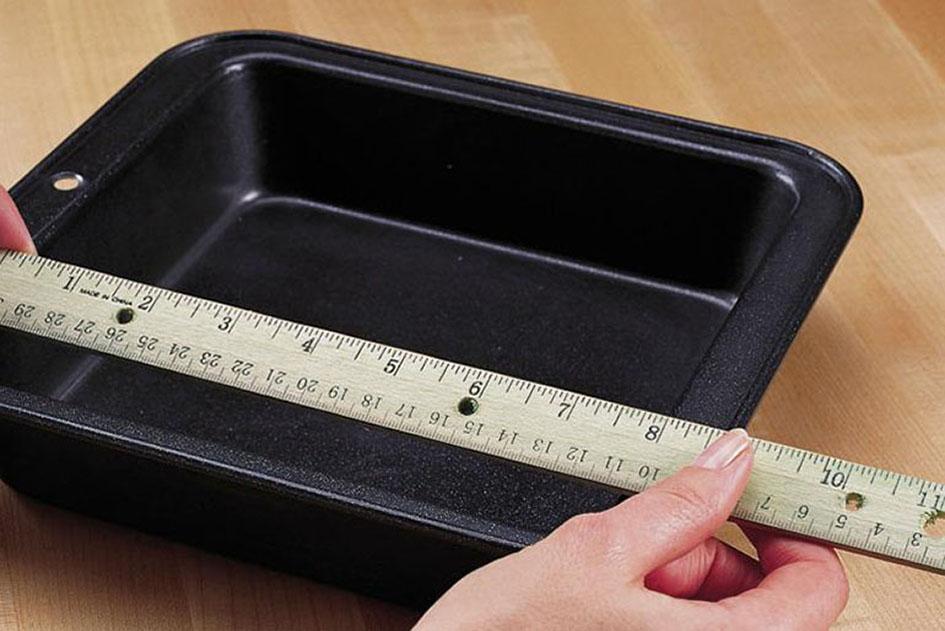
- Metal, Nonstick and Glass Pans
Shiny metal pans are the first choice for baking cakes. They reflect heat away from the cake for a tender, light brown crust. If you use dark nonstick or glass baking pans, follow the manufacturer’s directions. You may need to reduce the baking temperature by 25°F because these pans absorb heat, which causes cakes to bake and brown faster.
How to Store Cakes
- Storing Cakes at Room Temperature
Store cakes loosely covered at room temperature for up to 2 days. To loosely cover, place aluminum foil, plastic wrap or waxed paper over the cake without sealing the edges so air can circulate.Cool unfrosted cakes completely before covering and storing to keep the top from getting sticky. Store cakes with a creamy frosting loosely covered with aluminum foil, plastic wrap or waxed paper or under a cake safe or a large inverted bowl.Serve a cake with fluffy frosting the same day you make it. Put leftovers in a cake safe or inverted bowl with a knife slipped under the edge to let in air. - How to Store Cakes in the Refrigerator
Store cakes with whipped cream toppings, cream fillings or cream cheese frostings in the refrigerator.Put cakes containing very moist ingredients such as chopped apples, applesauce, shredded carrots or zucchini, mashed bananas or pumpkin in the refrigerator during humid weather or in humid climates. If stored at room temperature, these cakes tend to mold quickly. - How to store Cakes in the Freezer
To freeze cake, tightly cover and place in the freezer for up to 2 months. Loosen wrap on frozen unfrosted cakes and thaw at room temperature for 2 to 3 hours. Loosen wrap on frozen frosted cakes and thaw overnight in the refrigerator.
Number of Servings by Cake Type
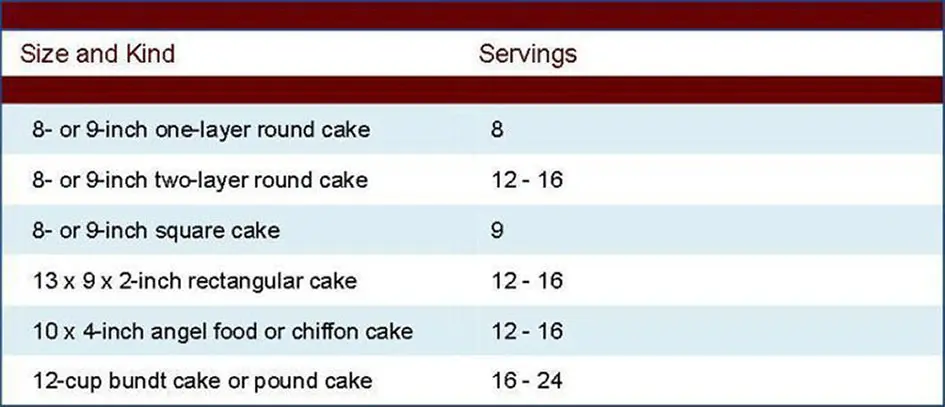
How to Remove Cake Layers from the Pan
1. Cool cake layers in pan on wire cooling racks for 10 minutes.
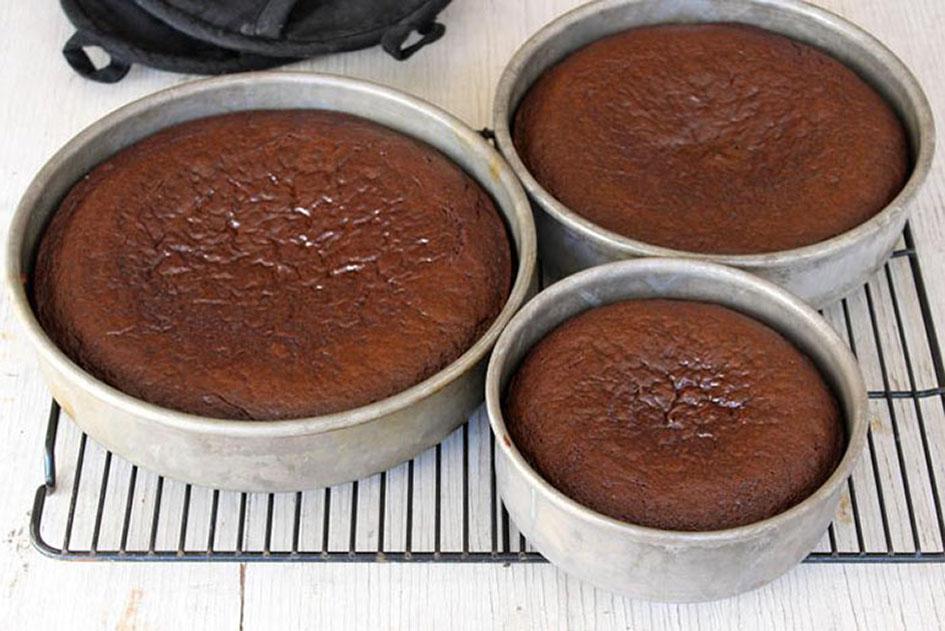
2. Run a dinner knife around the side of each pan to loosen the cake.
3. Cover a rack with a towel, then place it, towel side down, on top of cake layer; turn upside down as a unit. Remove pan.
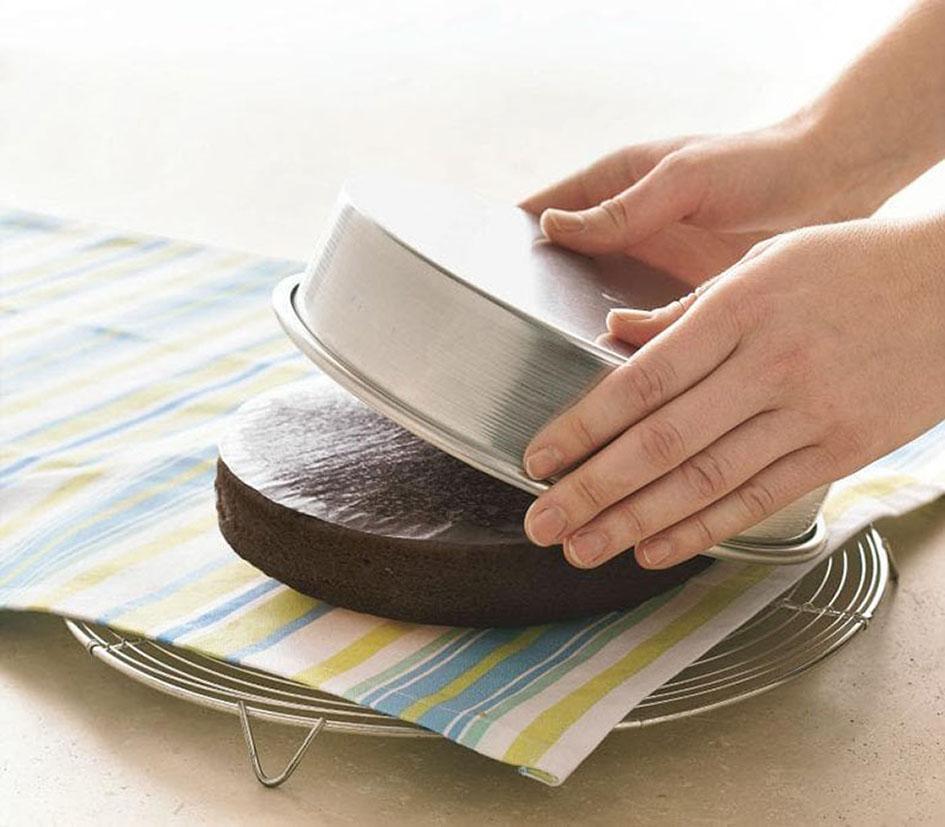
4. Place a rack, top side down, on bottom of cake layer.
5. Turn over both racks so the layer is right side up.
6. Remove towel.
7. Let layers cool completely on racks.
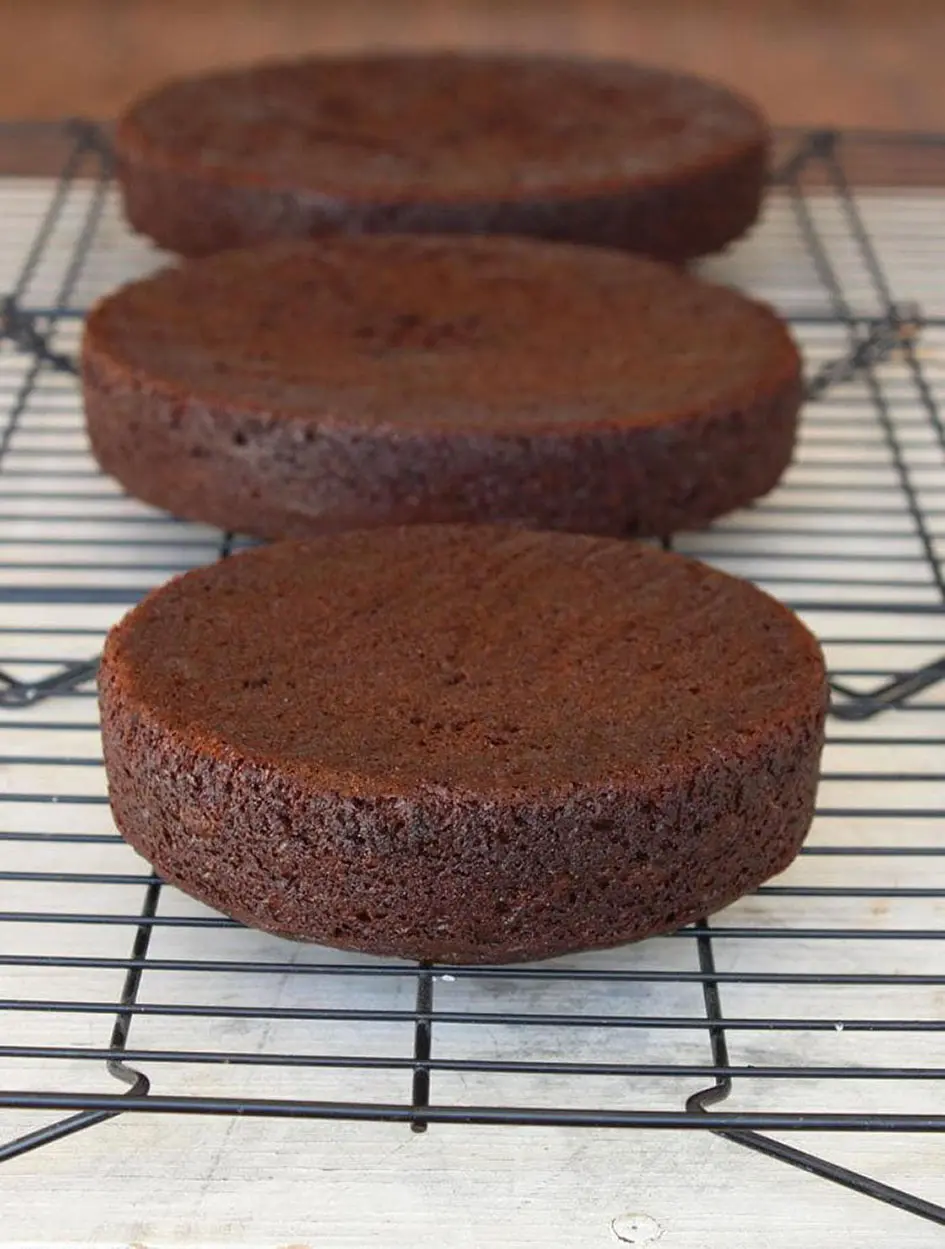
How to Cut a Two Layer Cake
1. Mark middle points on sides of cake layer with toothpicks.
2. Using picks as a guide, cut through the layer with a long, thin sharp knife.
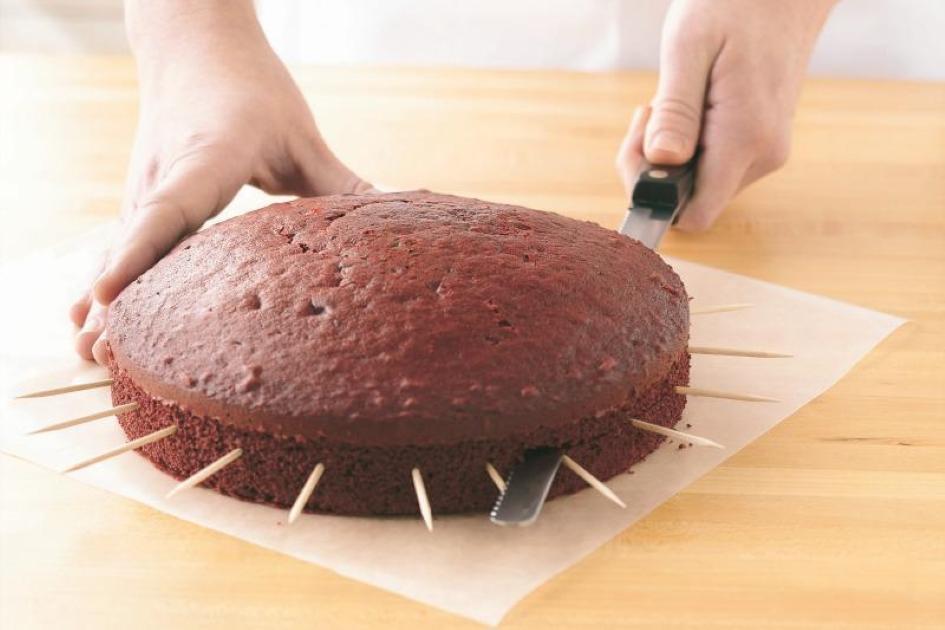
Thread trick: Split cake layer by pulling a piece of heavy sewing thread horizontally, back and forth, through the layer.
How to Frost a Two Layer Cake
1. Place 4 strips of waxed paper around the edge of a cake plate. The waxed paper will protect the plate as you frost and can be removed later.
2. Brush away any loose crumbs from the cooled cake layer.
3. Place the layer, rounded side down, on the plate.
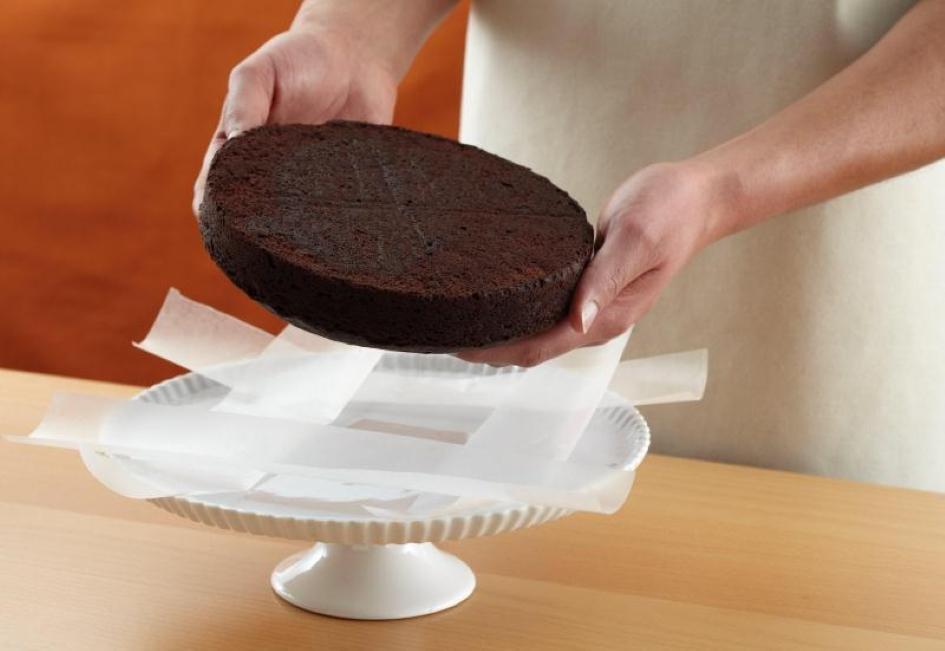
4. Spread about 1/3 cup creamy frosting or 1/2 cup fluffy frosting over the top of the first layer to within about 1/4 inch of the edge.
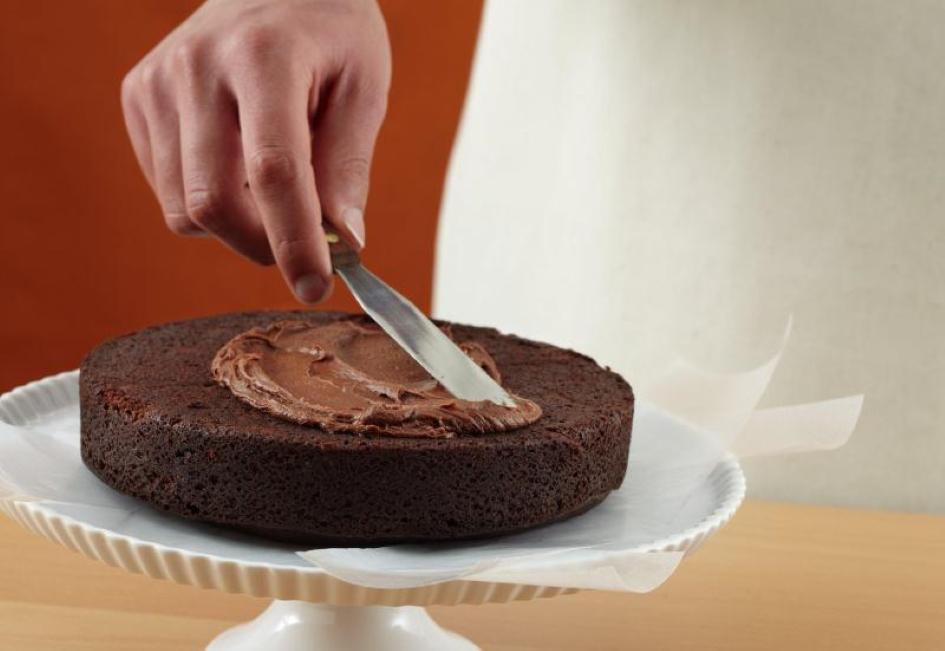
5. Place second layer, rounded side up, on the first layer. The two flat sides of the layers should be together with frosting in between.
6. Coat the side of the cake with a very thin layer of frosting to seal in the crumbs.
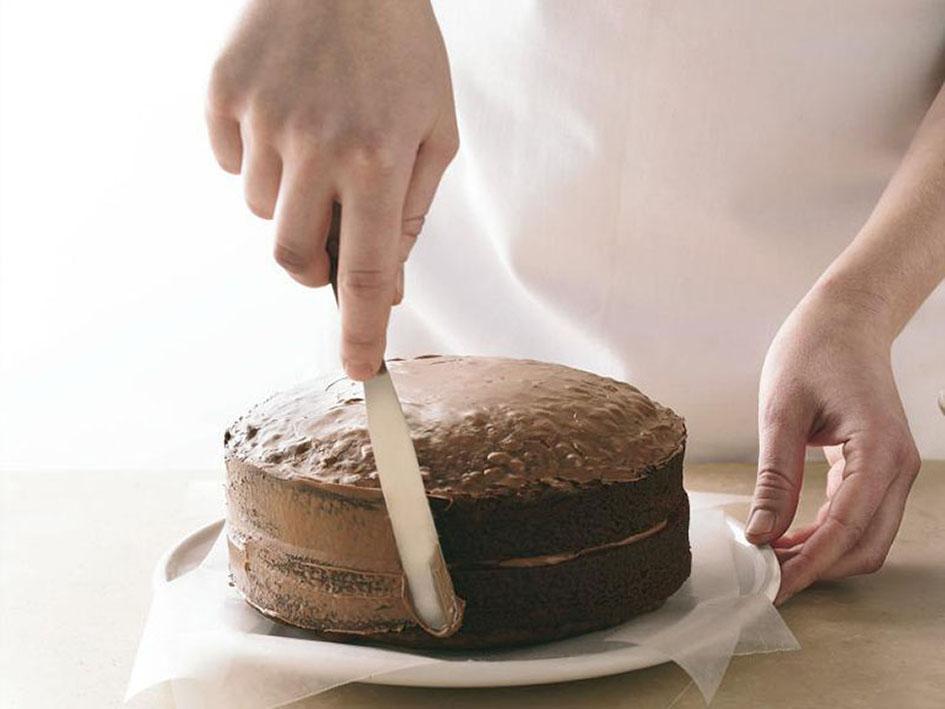
7. Frost the side of the cake in swirls, making a rim about ¼-inch high above the top of the cake to prevent the top from appearing sloped.
8. Spread the remaining frosting on top, filling in the built-up rim.
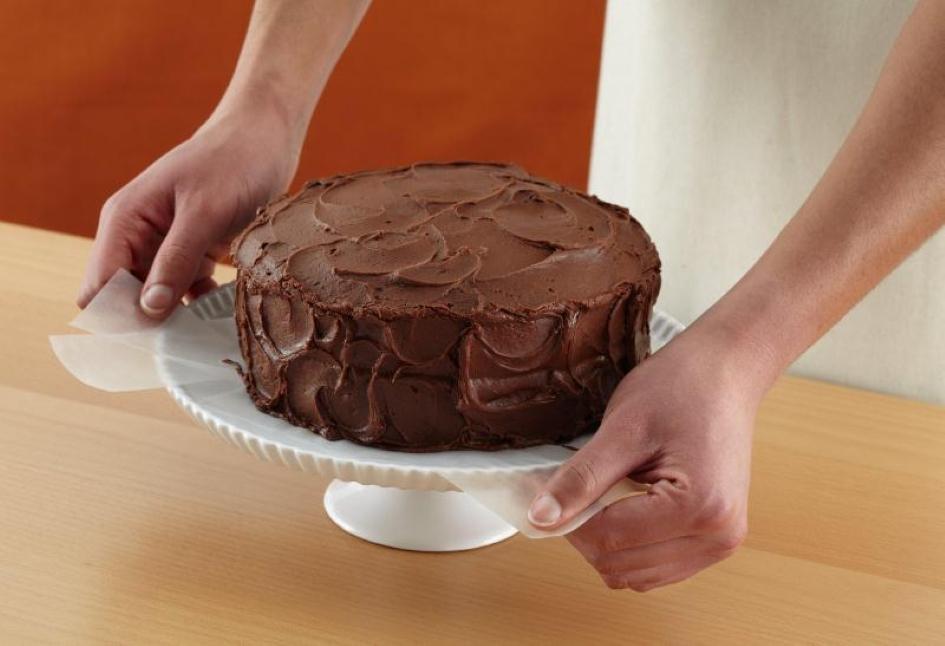
Success Tips for Baking Cakes
- Turn the oven on 10 to 15 minutes before you plan to use it so it can heat to the baking temperature.
- Beat the batter for the time specified by the cake recipe, using low or medium speed on an electric mixer. If mixing by hand, beat at the rate of 150 strokes per minute. Do not overbeat. Overbeating breaks down the cake structure and causes low volume and shrinkage as the cake cools.
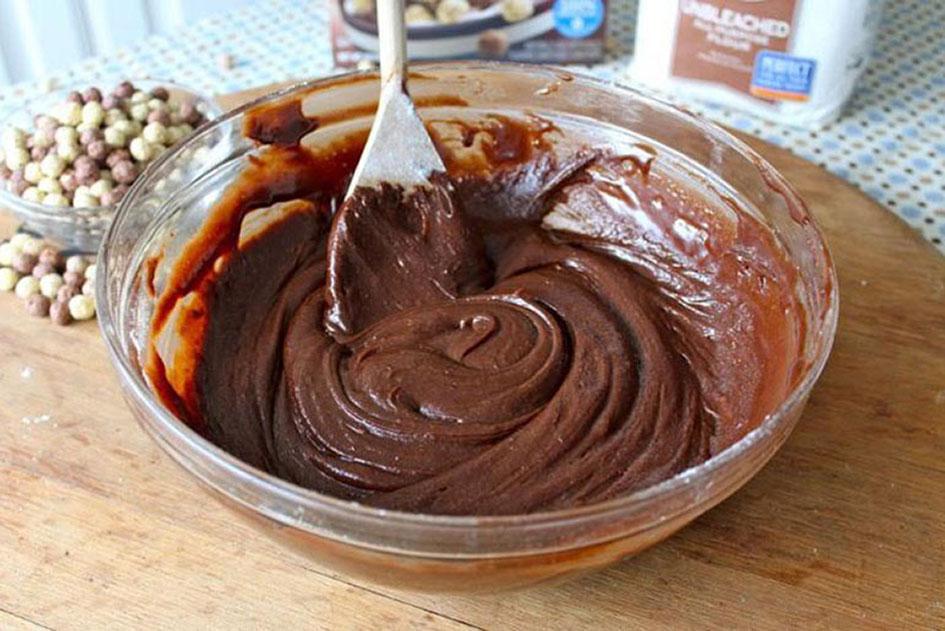
- Bake cakes on the oven rack placed in the center of the oven, unless noted otherwise in a recipe.
- Ask your local utility company to check your oven control for accuracy. Or judge for yourself.
Here are some tips:
-If your cakes are already golden brown at the minimum bake time in a recipe, your oven may run high.
-Purchase an inexpensive oven thermometer to check the accuracy of your oven temperature. - Cakes are done when a toothpick poked in the center comes out clean, unless otherwise indicated in the recipe.
- Cool cakes on a wire rack away from drafts.
